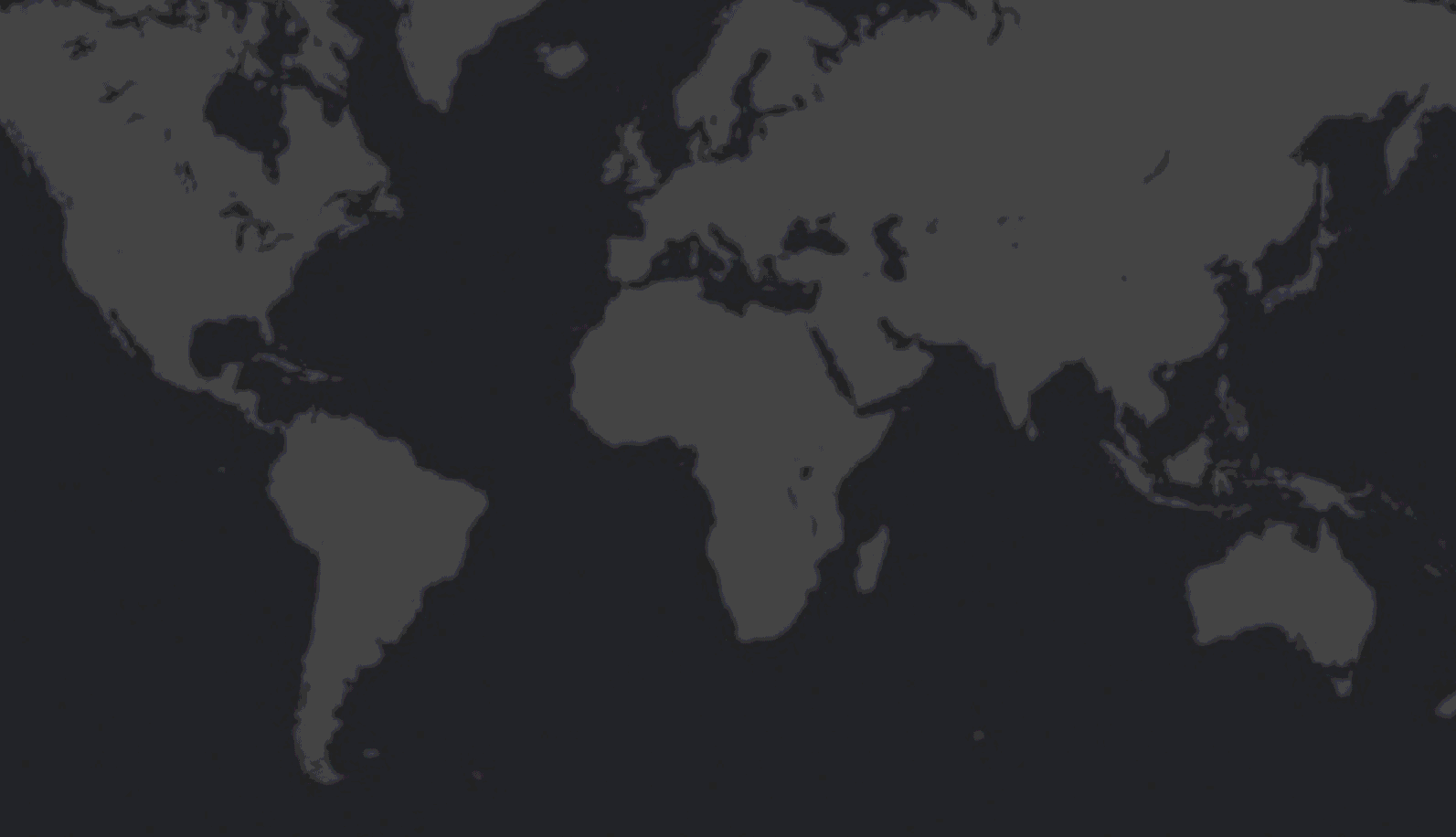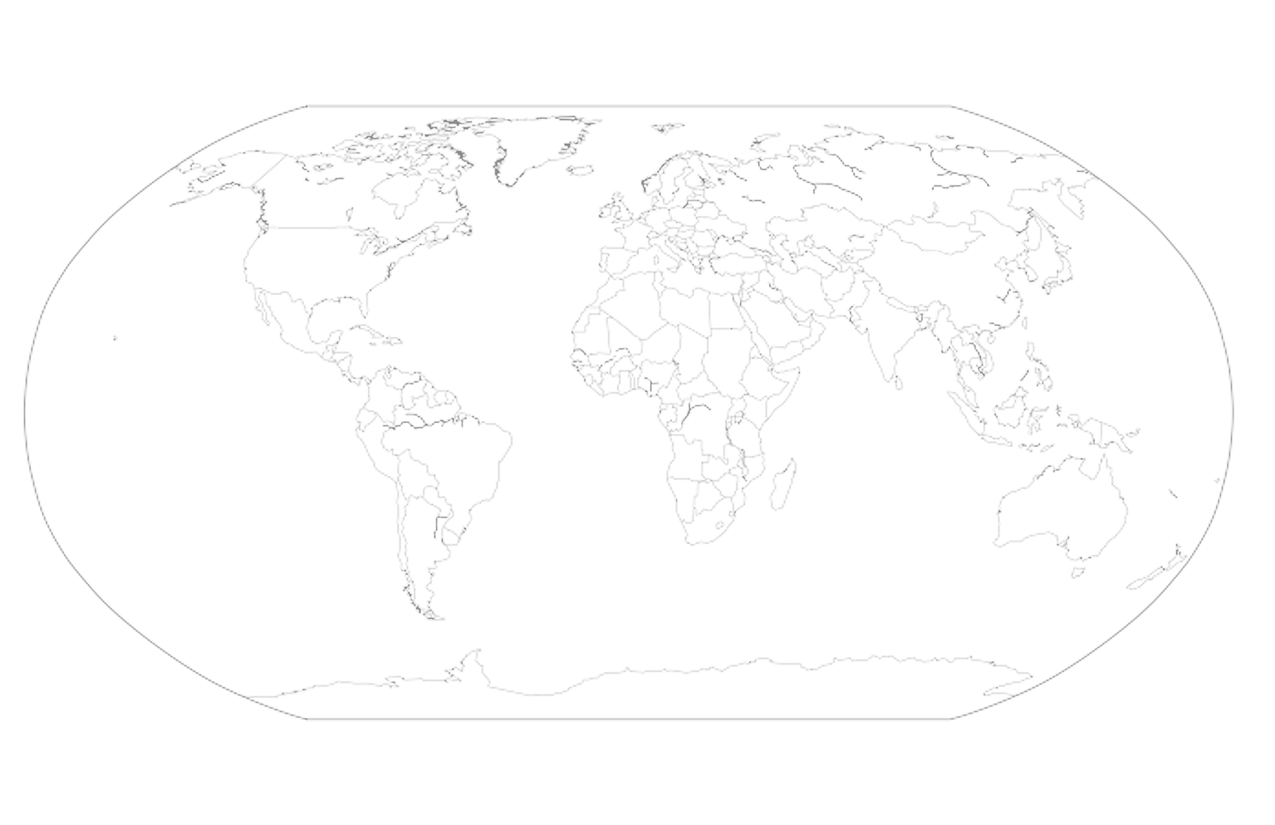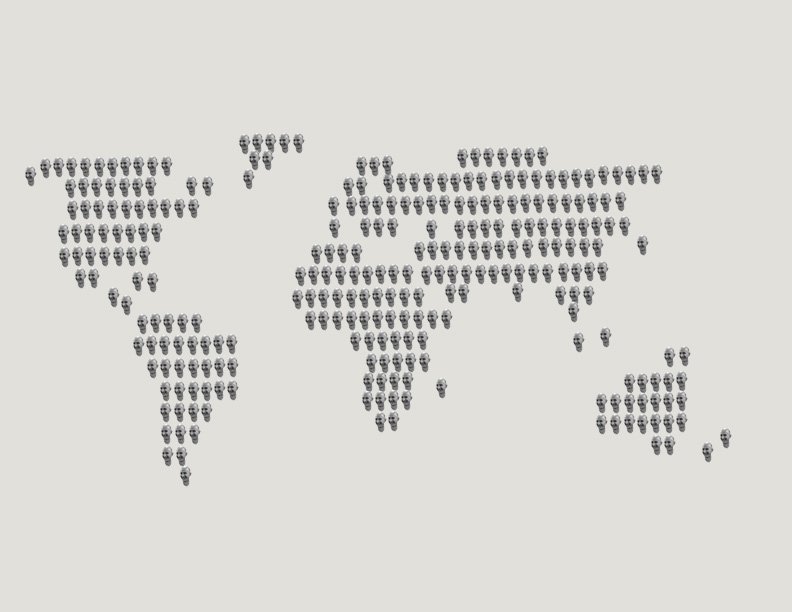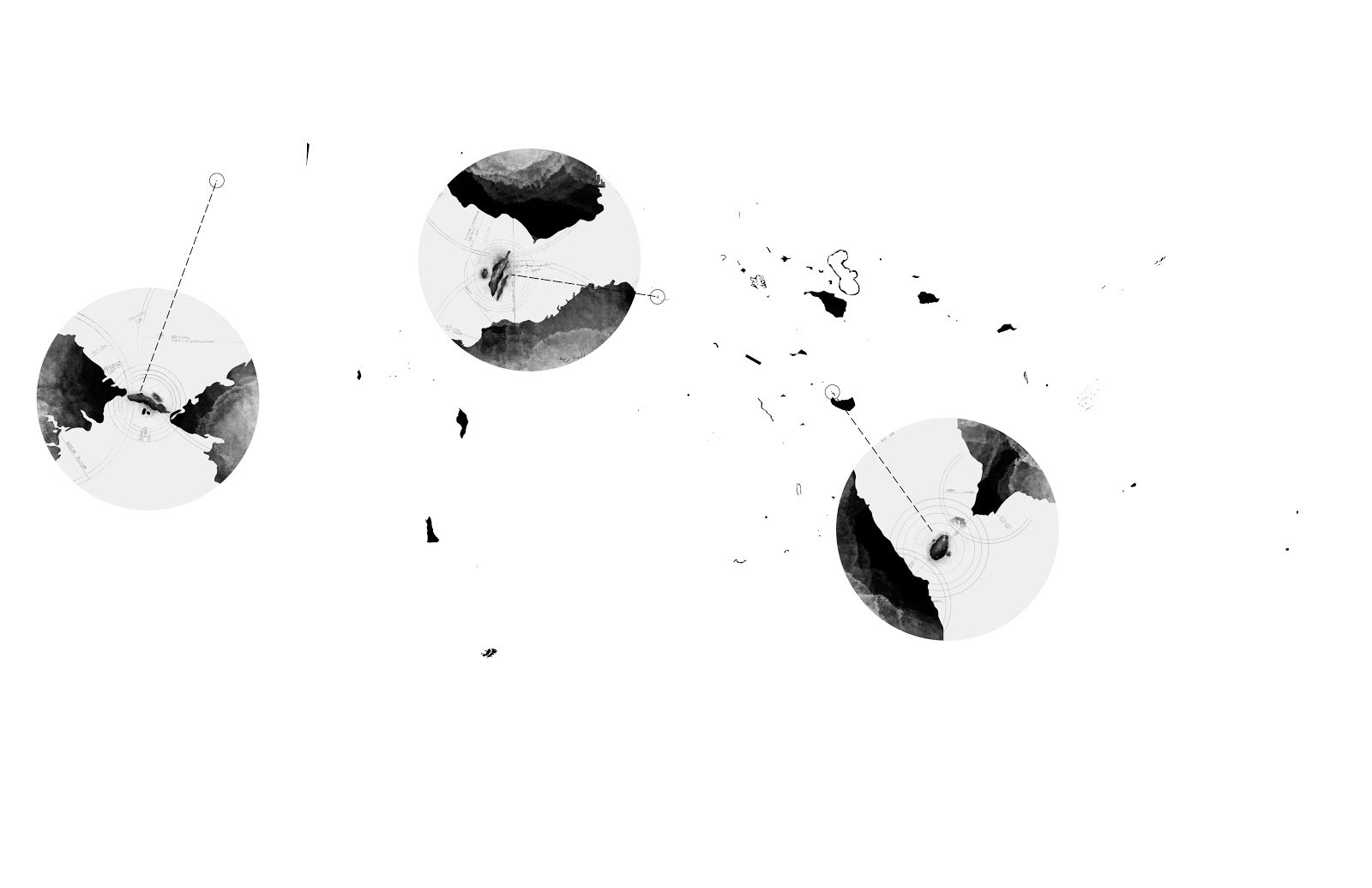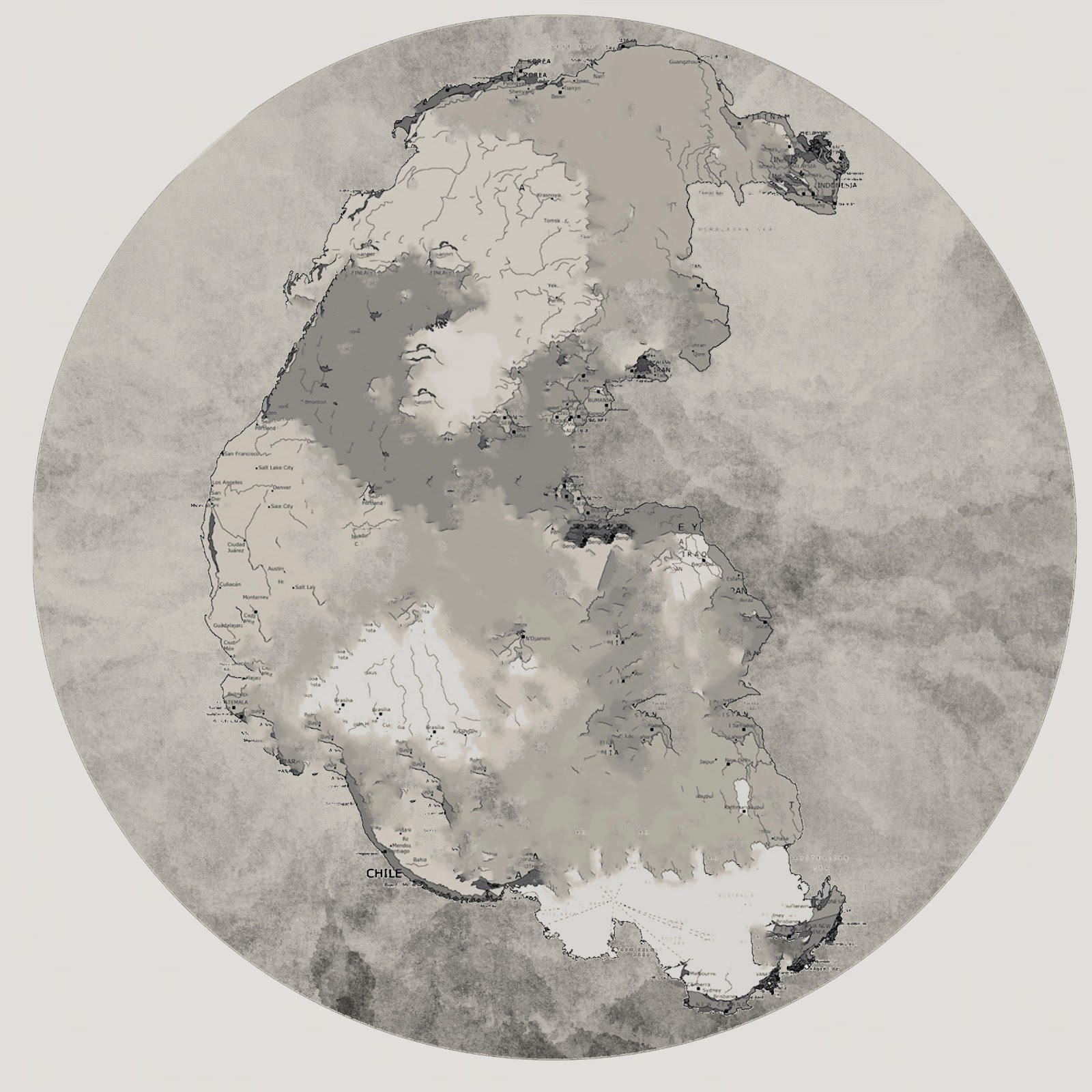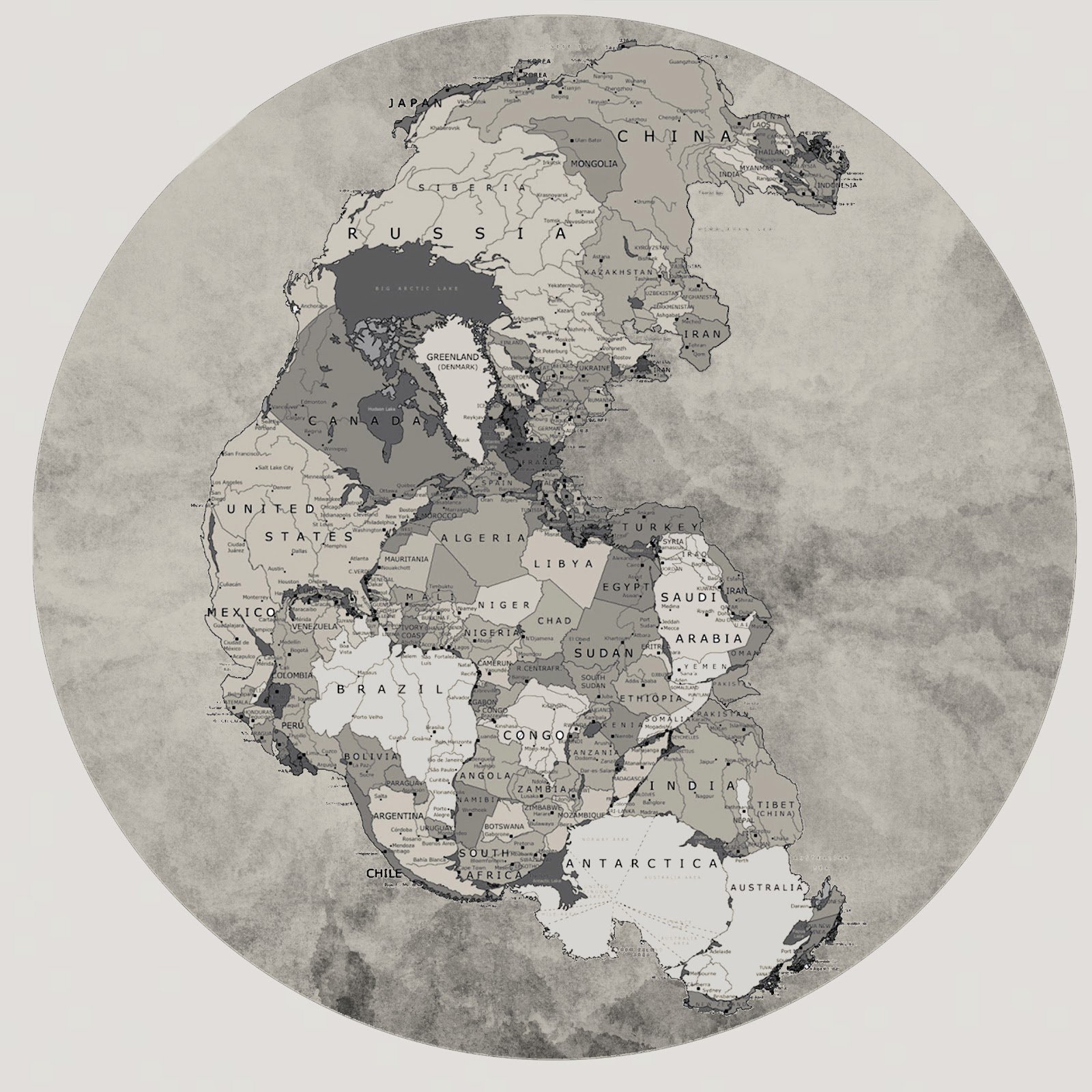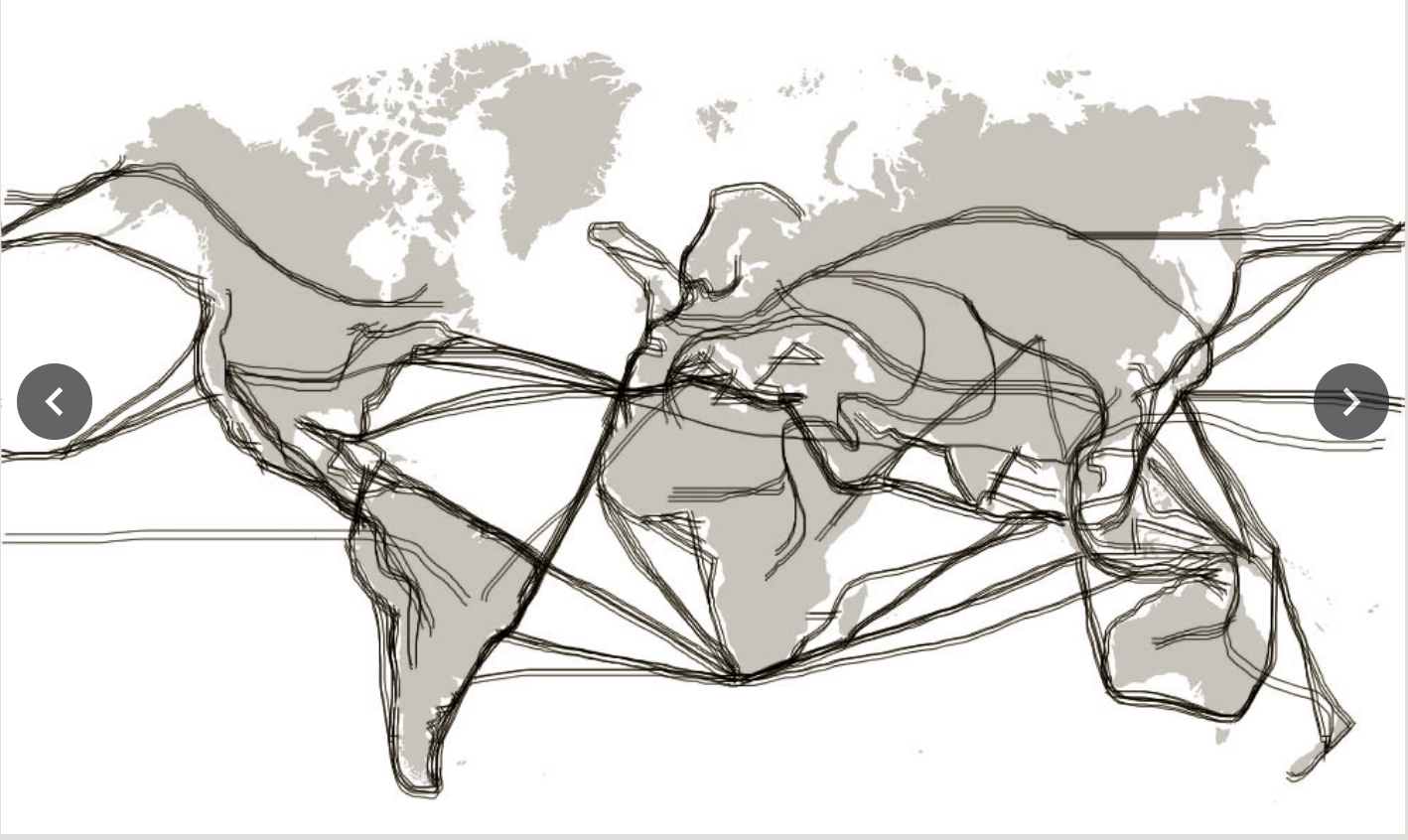
NEO PANGEA
who has the right to land? the right to water? the right to air? the right to light? the right to live?
THE WORLD IS NOT ENOUGH: A CASE FOR BIG THINKING | REINIER DE GRAAF + DEBORAH HAUPTMANN
HIBA SALIH | RUCHI PATEL
THE WORLD IS NOT ENOUGH
|
THE WORLD IS NOT ENOUGH |
Big projects used to be a way to serve the interest of the largest number, but in these days big projects are primarily associated with the prestige of the happy few.
Size and impact have become two different things and an increasingly divided architecture practice seems to nullify any hope of the two colliding. Large architecture practices are typically arraigned for serving the rich and the powerful, while small practices prefer to stick to small jobs uncorrupted by the greed of capitalism. But is big really ‘evil’ and small always ‘good’? In an age marked by global threats, what could be the relevance of big thinking?
The World is Not Enough asks students reflect on these questions and the related moral dilemmas. Dilemmas that will inevitably trigger a position towards a thing, an order, a constellation of forces and factors. Students will be asked to produce an intentionally unrealistic project as the dilemmas that will emerge through course discussion - if they are to exceed the obvious, the non-reflective, the current status quo - will necessarily materialize between the what and the how of the project itself.
In an age marked by global threats, what could be the relevance of big thinking?
Reinier de Graaf & Deborah Hauptmann
ISU ARCHITECTURE
Spring 2021 Arch 528 advanced seminar
According to the UNHCR, in the middle of 2020, the number of displaced people worldwide reached 80 million. The existence of countries brings with them the establishment of citizens and nationalism, but for those that are displaced or nomadic, these man made country borders resist movement. These borders make possible the control of the natural resources found in that country, such as water and arable land. With the access to these resources, governmental entities are able to maintain power. Ports, for example, have been major sources of power for foreign countries. Ports established in the East India Company accessed power to colonize British India and now, access to ports along the coasts of North Africa allows for some Chinese entities to have access into the Northern African Countries. The Middle East’s access to natural gas has given them global power over oil exports and the economic systems of other countries around the globe.
The natural land yields resources that sustain life and this land is only physically separated by natural barriers. Political borders, in contrast, are superimposed, but they influence control over this natural land and it’s resources. Even though Sudan has some of the most fertile land, almost ”200 million acres of arable land,” yet political instabilities land disputes prevent the full use of this soil. But while countries hold this restriction of resources, they also allow the exploitation of other resources such as human labor. Where most people are restricted in their movement by these man made borders, corporations are constantly able to cross borders for access to natural resources and human labor. This human capital contrasts the displaced population. Whereas the immigrants, displaced population or nomadic communities choose to cross borders, but are prevented in doing so due to political barriers, human capital is often trafficked across borders, through land and water, in a network of human labor migrations. This hypocritical border system, although, distinguishes political territories, fails to permit migrations and provide a freedom for displaced communities to fond stability.
"We have been giving away mountains and rivers and lakes to each other; only hindered by the small impediment that we never knew exactly where the mountains and rivers and lakes were."
-Lord Salisbury, British PM in 1890
global human trafficking routes
CROSSING BORDERS
The ability to cross borders through these strict man-made boundaries is permitted to a select few. When it comes to corporations, shipping and air-travel, these boundaries become permeable and diffused. In contrast, individual migrations for human labor or refuge for better living conditions is met with political opposition.
jeff bezos crossing the boundaries of the world
THE WORLD IS NOT ENOUGH \ NO MAN'S LAND \
THE WORLD IS NOT ENOUGH \ NO MAN'S LAND \
Globally contested lands and borders reveal the “in between” the “grey area” of ownership. Entire countries much larger than the microscopic pieces of land drawn on the map are thrown into global disputes, this proves that a few square kilometers could dictate and paint ownership of land as obsolete. These stand alone land masses or small bodies in a large body of water are seen as an infectious disease to the imperialist agenda set forth earlier.






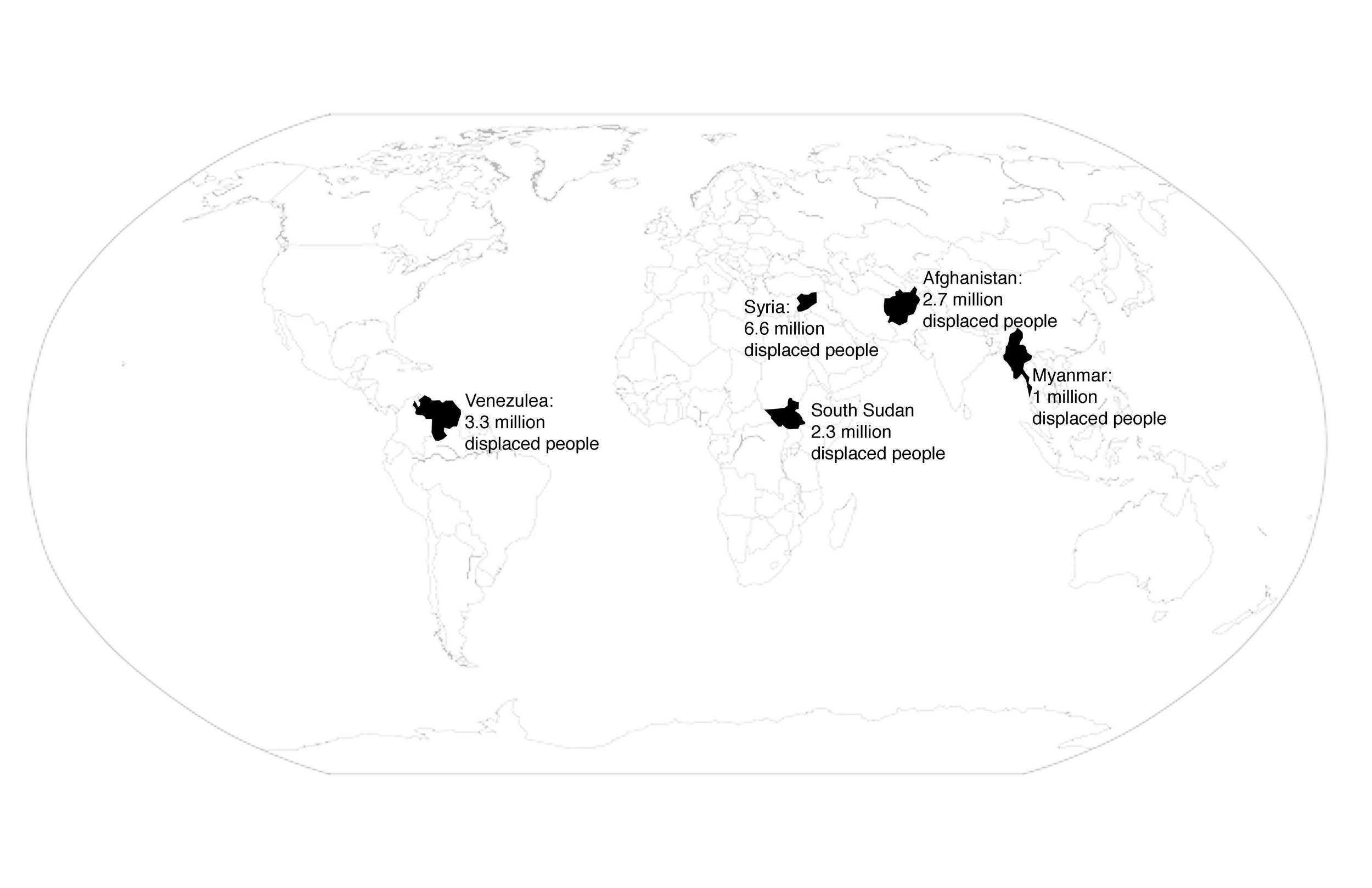
A NEO PANGEA
A NEO PANGEA
BAB AL MANDAB STRAIT
THE BERING STRAITSTRAIT OF GIBRALTER
As a result, these land masses create their own network. Unlike the islands of contested lands, these land masses can become a home for displaced and nomadic people. A home that welcomes the dynamism and natural occurrence of migration. A place where an imperial agenda does not dictate how people can flow into and out of regions. A place that repositions pangea as a global archipelago.
Through the use of technologies such as floating islands and wave energy to create sand masses, these lands continue to grow through time. With the islands growing globally, a global archipelago becomes the new borderless land where nomadic communities and the high rate of displaced people can grow and establish themselves to a new, flexible land.





